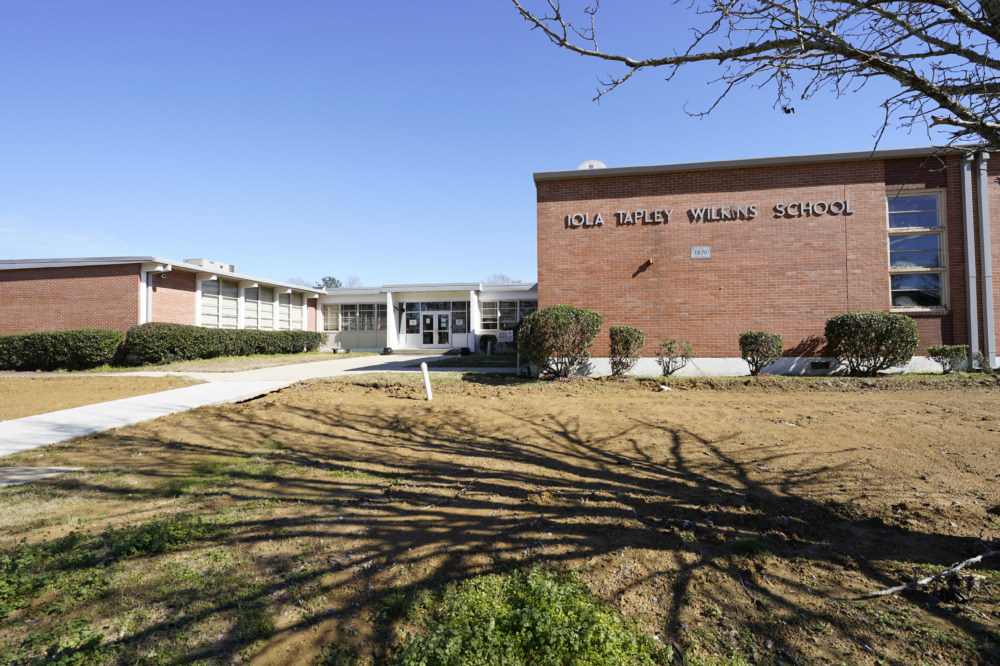When the pandemic hit Jackson, Mississippi, the ongoing challenge to keep teenagers in high school got even harder.
As the economic impacts of Covid-19 reverberated through the state, Amber May, network lead of the Mississippi Statewide Afterschool Network, watched alarmingly as more and more high school students were forced to get jobs to help support their families. In some cases, she added, teenagers became the household’s “main breadwinners.”
“Parents may have lost their job with the lockdown and with the quarantines,” May explained. “We had a lot of teens who were out there working at the same time that they should have been in school.”
 Though Covid-19 brought new challenges and hardships to school districts nationwide, especially to large, urban and relatively poor districts like Jackson, it also provided new opportunities and funding for afterschool programming.
Though Covid-19 brought new challenges and hardships to school districts nationwide, especially to large, urban and relatively poor districts like Jackson, it also provided new opportunities and funding for afterschool programming.
Recognizing the importance of afterschool, JPS tapped federal pandemic relief funds that allowed it to grow beyond a couple of independent programs to collaborating with 12 external afterschool providers. Currently, the district is operating 26 afterschool programs across its campuses, serving roughly 4,000 students out of a total population of 21,000.
‘It’s having a positive impact’
Before the pandemic, the district’s afterschool effort was “a very piecemeal approach,” and thereby not scalable across the district’s many schools, said Deputy Superintendent Michael Cormack.
“We think afterschool is pivotal and we’re appreciative of the funds to move that work forward,” Cormack said. “We’re seeing that it’s having a positive impact, not only just keeping scholars engaged but on their regular course work, attendance and behavior.”
Jackson Public Schools has historically struggled to keep high schoolers engaged. After years of poor academic performance, the school district was almost taken over by the state in 2017, but instead was put on probation.
A JPS report noted that two-thirds of the district’s 52 school sites were “drastically underperforming” and nearly a quarter of students were chronically absent. That same year, the Mississippi Department of Education handed the school district an F rating for the third year in a row.
For JPS, afterschool offers it a better chance of pulling itself out of its probationary status once and for all. Superintendent Errick Greene has made it his goal to emerge from probation by the end of the 2021-2022 school year.
Part of the school district’s plan to improve performance has been to rely on a network of afterschool programs as a way to bolster student engagement and help prepare them for college or to get a good-paying job after graduation.
Uneven distribution of resources lowers student morale
JPS struggles can’t all be fixed by afterschool programming. The district is a Title 1, meaning at least 40% of students come from families living in poverty — 99% of JPS students qualify for free lunch. The school serves a predominantly Black student population (more than 95%) and has fewer resources than nearby whiter counties, like Madison County, Rankin County, or even the Clinton School District, according to Olivia Coté, program director for the Institute for Democratic Education in America and a former teacher and student at JPS.
“If you go about 15 minutes, in any direction, you’re gonna find much more well-resourced schools,” Coté pointed out. “These are the areas where the white flight from Jackson has occurred.”
Coté taught English ninth-graders at JPS from 2014 to 2018, and she remembers the school building where she taught was falling apart. There were a lot of plumbing issues resulting in bathrooms being regularly out of order, or the air conditioner would break in 100-degree Mississippi August heat.
All that takes a toll on student morale, she said.
“If you walk into a building that is falling apart, it’s a very clear indicator to you every day as a student that the school does not care about you,” Coté said.
For Ari Bradley, a 17-year-old high school senior at Murrah High School in Jackson, one of the biggest complaints among her peers is the crumbling school infrastructure.
“I’m excited if I have napkins and soap in the bathroom,” she said. “I’m excited if the wall is painted and isn’t chipped and looks presentable; I’m excited if my desk isn’t broken.”
Bradley is on track to go to college and plans to become a dentist. One thing that helped her stay engaged and succeed at school, she said, was going to afterschool classes in elementary and middle school. That helped her to get into advanced classes where coursework was more rigorous and where teachers seem to be more attentive to students than in general classes, she added.
Bradley said she sees widely disparate experiences among peers, some of whom, like her, are set on college, while others are becoming parents in 11th and 12th grade and need to work to support their new families.
Making afterschool programs accessible and appealing
As they roll out afterschool programs, Cormack said it’s important for the district to be equitable and that students can access afterschool programs across school sites. Any afterschool vendors JPS works with, Cormack added, need to make the program accessible to all the high schools.
For example, one program is dedicated to helping students learn French and Spanish, but the district didn’t want the programs only available to students at one or two of its high schools.
The challenge afterschool programs face in attracting high schoolers is the same all schools struggle with: keeping them engaged. To enhance engagement, JPS and afterschool vendors have made a big effort to survey what students want and provide those programs, such as robotics, intramural sports and ACT prep. JPS also offers students who attend afterschool programs a free dinner, said Cormack.
Another tactic, Cormack added, is reaching out to parents.
“Sometimes the parents can put a thumb on the scale, which is really helpful,” he said.
May cautioned that afterschool programs should “not just be a place for doing school all over again, but really having more opportunities around STEM and around exploring different careers.”
JPS is also playing with the idea of creating a virtual high school so students who have work or family obligations can still get an education without actually having to be on a school campus. One of the things they’ve learned from the students is that some don’t want to go to college and are interested in more opportunities to gain skills to work right after high school.
May said providers are exploring ways in which they could hire students, like interns, to work in the afterschool programs, helping them earn cash and get the skills to work in education.
May is especially excited by the potential of community schools, which is when the school isn’t just a place for kids to learn but is a “nexus for the entire community.” This approach entails deeper collaboration between the school and community-based organizations and families to get a better sense of what barriers students face and how it can better engage them.
“Being innovative about that, but also tapping into what the community has to offer to be able to help provide those supports,” May said.



























